Cardiovascular physiology
1/11
There's no tags or description
Looks like no tags are added yet.
Name | Mastery | Learn | Test | Matching | Spaced |
|---|
No study sessions yet.
12 Terms
Components of the circulatory system
Two linked systems: cardiovascular (blood) and lymphatic (lymph)
Cardiovascular system:
Heart, blood vessels and blood
Lymphatic system:
Lymphatic vessels/ capillaries and lymph

Human/Mammalian heart pumping structure
The human/mammalian heart acts as a dual pump, supplying systemic and pulmonary circulations at the same time.
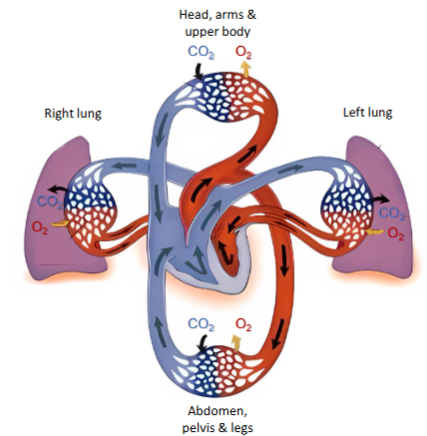
Cardiovascular system detailed layout
RA = Right atrium
RV = Right ventricle
LA = Left atrium
LV = Left ventricleRed = oxygenated blood ( UP O2 | DOWN CO2)
Blue = non-oxygenated blood ( DOWN O2 | UP CO2)
Typical vessel sequence in an organ:
arterioles → capillaries → venules
Venous portal circuit (e.g. Liver)
capillaries → veins/venules → capillaries
Arterial portal circuit (e.g. Kidney)
capillaries → arterioles → capillaries
All portal systems have TWO sets of capillaries arranged sequentially (i.e. bypassing the heart)
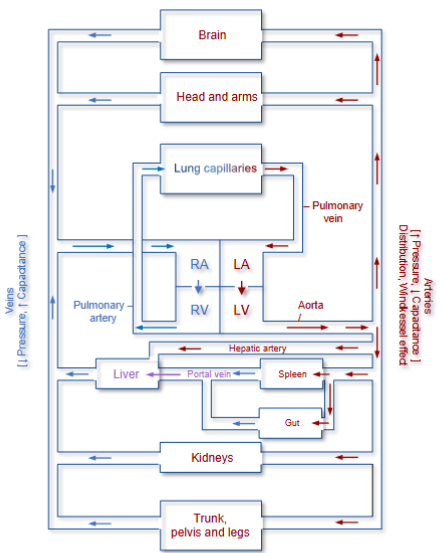
Blood components
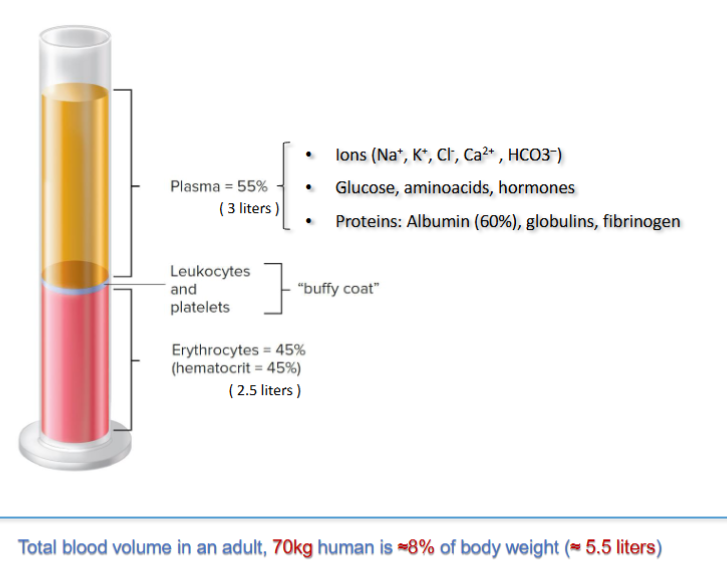
Principles of Hemodynamics
Hermodynamics: The relationship among blood pressure, flow and vascular resistance across the cardiovascular system.
‘Content’ (blood) vs ‘Container’ (vasculature)
Blood flow
It is determined by pressure and resistance Ohm’s Law
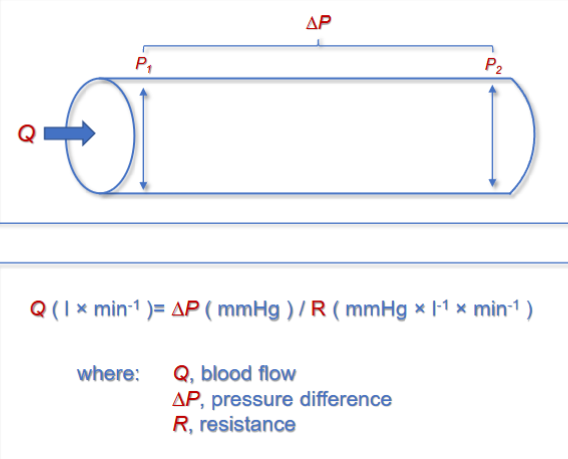
What determines local vascular (arteriolar) resistance?
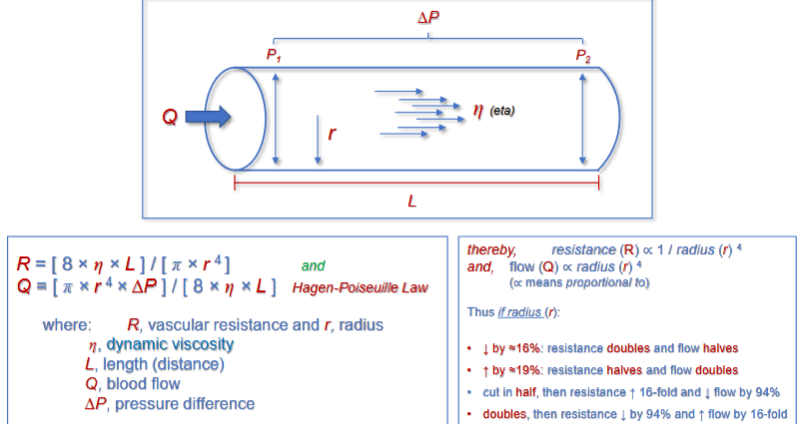
What happens in the circulatory system?
O2 diffusion in multicellular organisms becomes inefficient beyond distances > 1mm
The vasculature also provides a mechanism for endocrine tissue communication and co-ordination
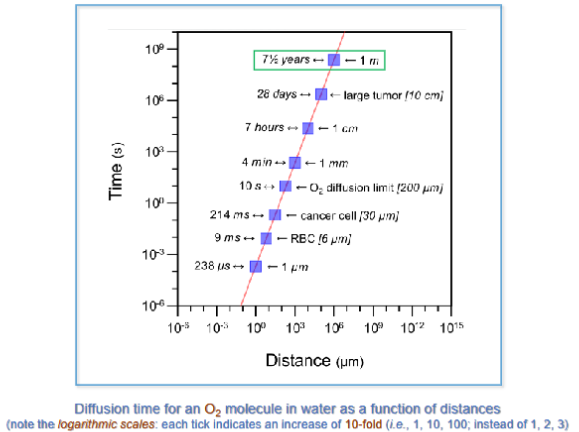
Cardiovascular system diagram

Blood components
Total blood volume in an adult, 70kg human is ~8% of body weight (~5.5liters)

Hemodynamics
The relationship among blood pressure, flow and vascular resistance across the cardiovascular system
‘Content’ (blood) vs ‘Container’ (vasculature)